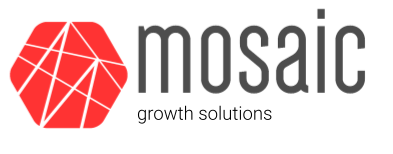Preparing for a board meeting, especially one the first ones after receiving an investment, is nothing short of stressful. It’s all hands on deck, across the organization, in the weeks leading up to the meeting – pulling the data, crafting a story, finding the right balance between update and discussion, developing the deck. While there is a good amount of “art” involved in pulling this together, here are some more definitive tips and tricks that will help you make a strong early impression and drive a successful meeting:
- Report on what is working well and what is not: Do your diligence before that first meeting. Find broken processes and surface untapped opportunities, but also present best practices and recommendations to best address these observations.
- Present the data: It is likely the data you have access to is not perfect, but you have to start somewhere. Showcase what is available today, benchmark its accuracy, and surface the major gaps or blindspots you see. Offer a picture of what good reporting might look like and, if you can, lay out the steps/investment required to achieve it.
- Articulate what success looks like – There are many ways to do this but I recommend 2 slides. The first can be a simple “from-to” slide that presents high level qualitative observations by mapping observations of current state to hopes for future state. The second slide should be metrics-focused that outlines KPIs, industry benchmarks, and current baselines.
- Share a plan: Based on your initial assessment of a business, come up with a 30-60-90 day plan that prioritizes the lowest hanging opportunities and/or critical blockers first. It is likely that cleaning the data and implementing better tracking is part of this plan. Don’t forget to include your needs from a talent perspective – do you have the right people on the team to achieve success? If not, who do you need to hire and by when?
- Consider a “pre-read”: Sending out the slides ahead of time serves quite a few purposes. Of course, it gives the board more time to review the material and it spares you from having to use precious meeting time to get the team up to speed, but it also gives you the opportunity to set your narrative.. This alignment leads to a more focused and productive session.
TL;DR
View your board meetings as an opportunity. Not only is it a great way to showcase early wins and progress, but it is your chance to demonstrate the value of your past experience, expertise, and problem-solving abilities. It is also a chance to tap into insight from a room full of proven experts and smart people. Cover the basics efficiently and effectively so you can capitalize on the opportunity to engage at a strategic level with the board.


Recent Comments